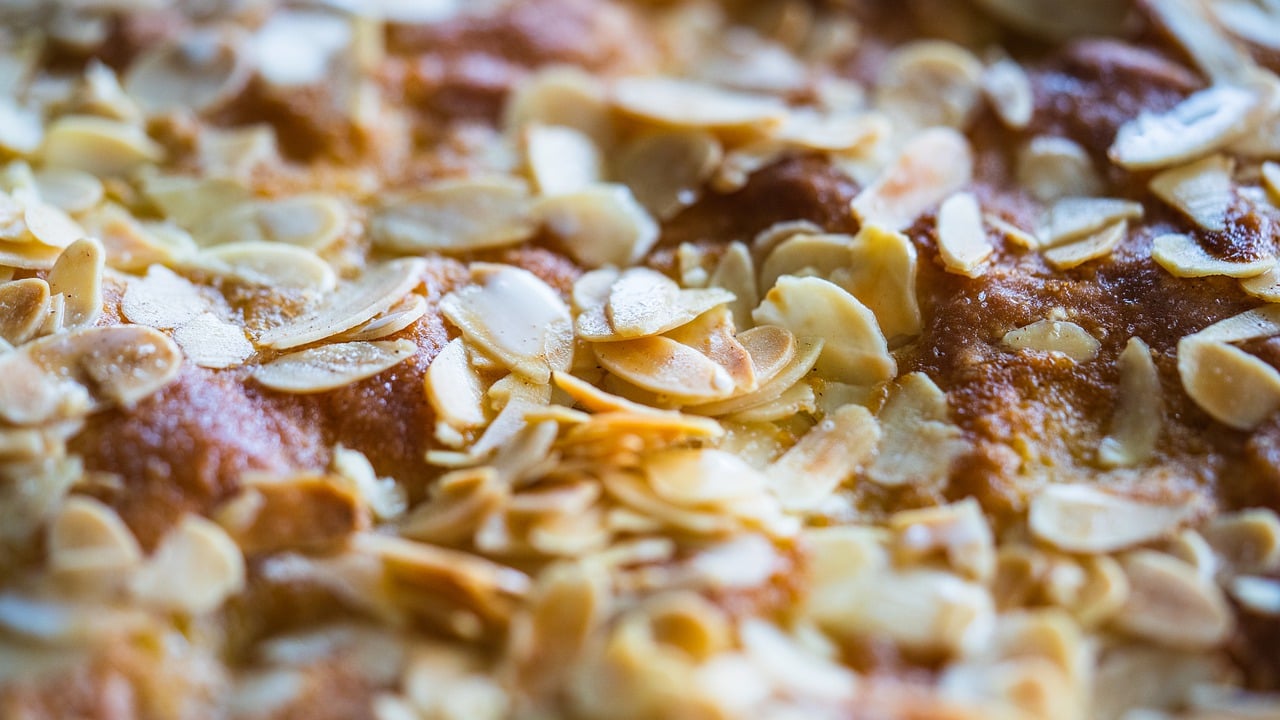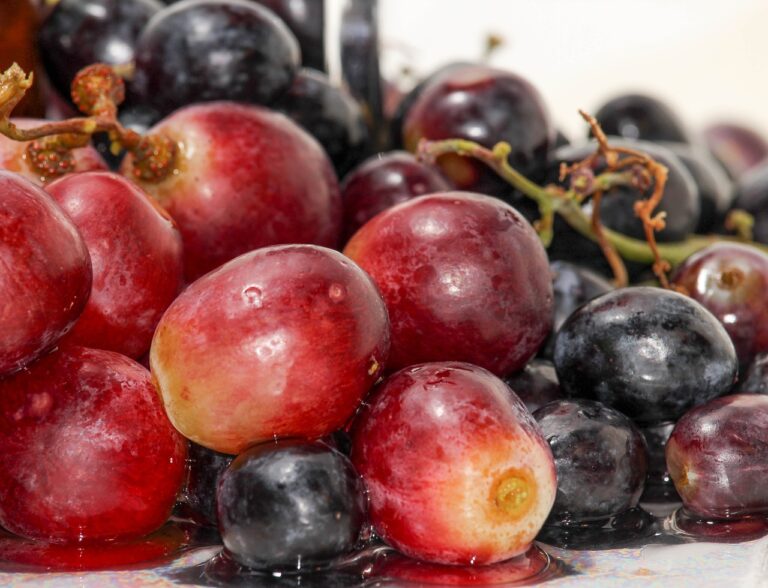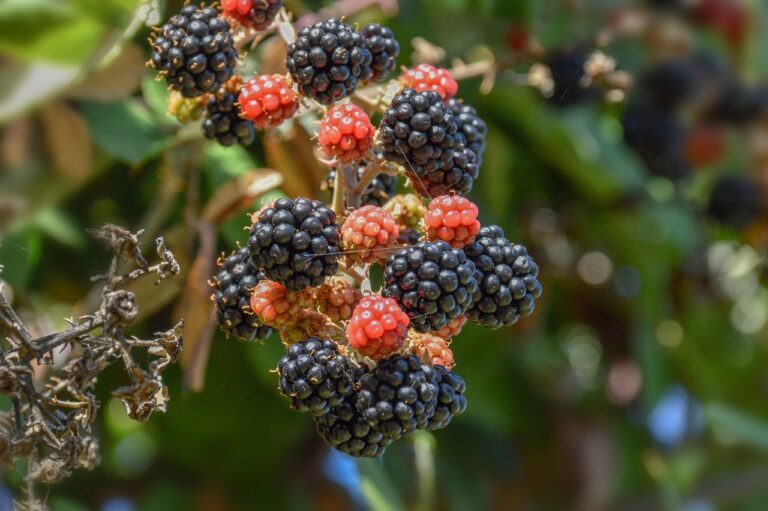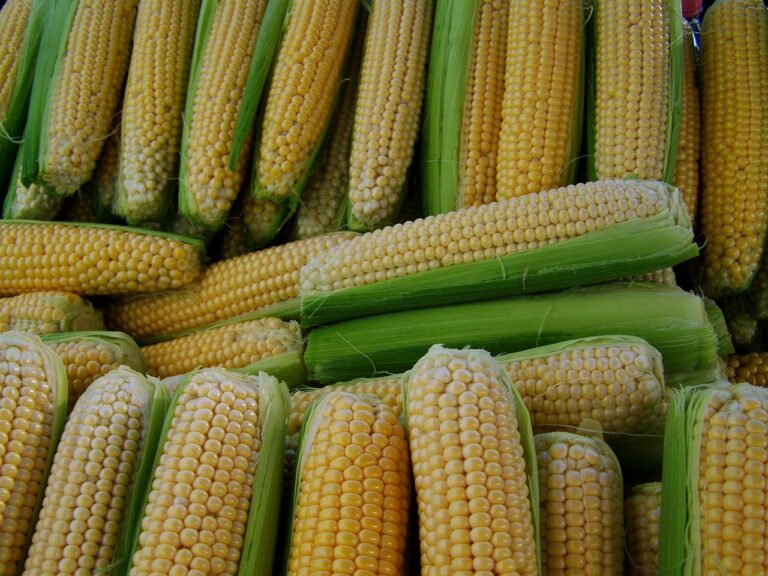Smart Food Packaging: Innovations in Preservation and Sustainability
As the food packaging industry continues to evolve, there is a growing emphasis on the use of innovative materials that offer both functional and sustainable benefits. One such material that has gained popularity is bioplastic, derived from renewable resources such as corn starch or sugarcane. Bioplastics not only reduce reliance on traditional petroleum-based plastics but also have the potential to be fully compostable, minimizing environmental impact.
Another promising material in food packaging is nanotechnology-enhanced packaging films. These films contain nanoparticles that can enhance barrier properties, improve mechanical strength, and provide antimicrobial benefits. By incorporating nanotechnology into packaging materials, manufacturers are able to extend the shelf life of food products, reduce food waste, and ensure the safety of consumers.
Advancements in Active Packaging Technologies
Active packaging technologies have revolutionized the way food products are preserved and kept fresh. These advanced packaging solutions incorporate functional substances that actively interact with the food or the surrounding environment to extend shelf life and maintain quality. For instance, oxygen scavengers are capable of absorbing oxygen within the package, thus slowing down the oxidation process and prolonging the product’s freshness.
Another example of active packaging technology is the incorporation of antimicrobial agents that inhibit the growth of bacteria and molds on food surfaces. By utilizing these innovative materials, packaging not only serves as a protective barrier but also plays an active role in ensuring food safety and quality throughout the supply chain. This integration of active elements into packaging materials represents a significant advancement in the industry, catering to the growing demand for sustainable and effective food preservation solutions.
• Active packaging technologies have revolutionized food preservation
• Functional substances interact with food or environment to extend shelf life
• Oxygen scavengers absorb oxygen, slowing oxidation process and maintaining freshness
• Antimicrobial agents inhibit bacteria and mold growth on food surfaces
• Packaging serves as a protective barrier while ensuring food safety and quality throughout the supply chain
• Integration of active elements into packaging materials caters to demand for sustainable food preservation solutions
Biodegradable and Compostable Packaging Solutions
One of the most significant challenges facing the packaging industry today is the issue of environmental sustainability. In response to the growing concerns over the environmental impact of traditional plastic packaging, biodegradable and compostable materials have emerged as promising alternatives. These innovative solutions are designed to decompose naturally, reducing the amount of waste that ends up in landfills and oceans.
Biodegradable packaging is made from organic materials that can break down into natural elements, such as carbon dioxide, water, and biomass, through the action of microorganisms. Compostable packaging, on the other hand, is not only biodegradable but also meets specific criteria for disintegrating into non-toxic components in a composting environment. Both options offer a more environmentally friendly way to package products, allowing businesses to reduce their ecological footprint and meet the increasing consumer demand for sustainable packaging solutions.
What are biodegradable packaging solutions?
Biodegradable packaging solutions are materials that can be broken down by microorganisms into natural elements like water, carbon dioxide, and biomass.
How are compostable packaging solutions different from biodegradable ones?
Compostable packaging solutions are a subset of biodegradable materials that break down into organic matter in a composting environment, leaving behind no toxic residues.
What are some innovative materials used in food packaging?
Some innovative materials used in food packaging include plant-based plastics, edible films, and cellulose-based materials.
What are active packaging technologies?
Active packaging technologies involve incorporating additives or components into packaging materials to help extend the shelf life of food products by controlling factors like moisture, oxygen, and microbial growth.
How do biodegradable and compostable packaging solutions help reduce environmental impact?
By using biodegradable and compostable packaging solutions, we can reduce the amount of plastic waste that ends up in landfills and oceans, ultimately lowering our carbon footprint and promoting sustainability.







